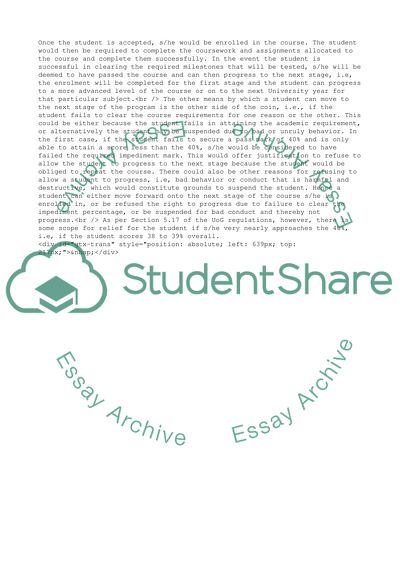Cite this document
(Essential Principles of Communications Management in Education Assignment, n.d.)
Essential Principles of Communications Management in Education Assignment. Retrieved from https://studentshare.org/management/1737936-business-analysis
Essential Principles of Communications Management in Education Assignment. Retrieved from https://studentshare.org/management/1737936-business-analysis
(Essential Principles of Communications Management in Education Assignment)
Essential Principles of Communications Management in Education Assignment. https://studentshare.org/management/1737936-business-analysis.
Essential Principles of Communications Management in Education Assignment. https://studentshare.org/management/1737936-business-analysis.
“Essential Principles of Communications Management in Education Assignment”. https://studentshare.org/management/1737936-business-analysis.


